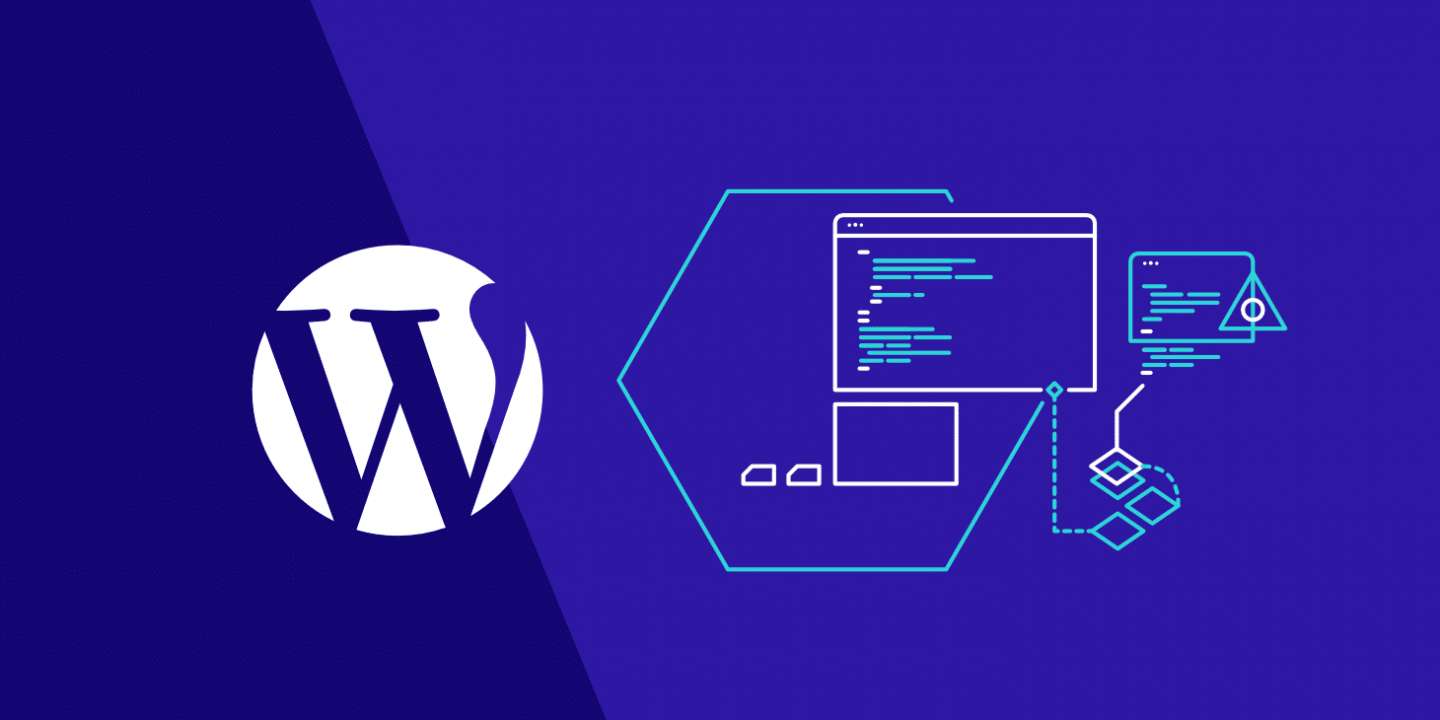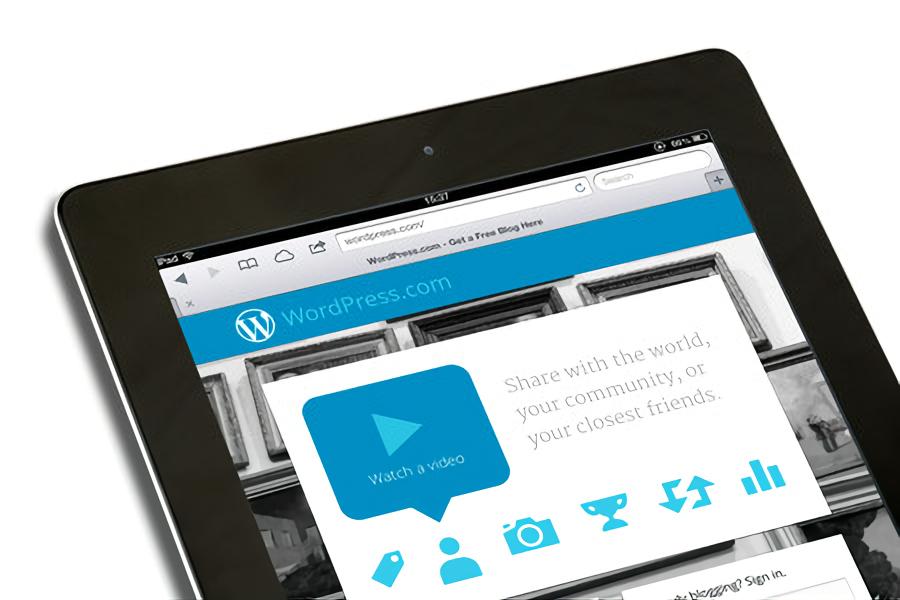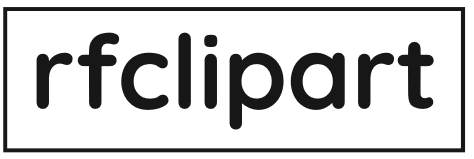
If you want to get yourself noticed online, showcase your lifestyle or you’ve got something that you think others want to know about then starting a blog is an excellent idea. If it’s successful, you can even make money through your blog – the biggest influencers have superb blogs full of interesting information that people read every day. It’s also so easy to start a blog but with reams of information online on the topic, it’s hard to work out what steps you need to follow. Don’t be discouraged, it’s actually straightforward to start a blog and this piece will give you everything you need to know to get going.
The Benefits of Blogging
Before we move onto how to start a blog, let’s talk about the benefits of having your very own blog.
- Blogging is one of the best ways to get your words out into the public domain.
- Blogging is a brilliant way to communicate to others and gives you a platform to express yourself.
- Blogging helps you to improve your writing.
- Blogging can make you money – and a lot if your blog is very popular!
It only takes about an hour to learn how to start a blog, but you do need to concentrate so choose a time when you know you won’t be distracted. You don’t need any technical ability or coding knowledge.
How to Start a Blog From Scratch
Below, you’ll find the steps you need to follow to start your own blog:
- Choose a blogging platform.
- Select a web host.
- Set up a blog on your own domain.
- Design your blog.
Blogging Platforms
WordPress is probably the most reliable and well-known blogging platform and has numerous features to help you layout your blog. More than 82 million people use WordPress online, so if they can do it, so can you! Alternatively, there are plenty of other domains you could choose such as Blogger or Tumblr but if you do a search on Google, you’ll find there are plenty of platforms you can choose from. However, for ease, WordPress is probably your best bet and here’s why you should use it to learn how to start a blog (more information on WordPress’ support pages here: https://wordpress.com/support/five-step-blog-setup/)

- It’s easy to set up.
- It’s free to use!
- It has a number of brilliant free themes and layouts to choose from.
- There’s a help area so if you get stuck, you can reach out and chat very quickly (although it’s easy to use so hopefully you won’t need to ask!).
- WordPress will give you functionality, form and speed which is what you need!
- Others can share your content easily from WordPress and comment on what you have to say too.
Should You Self-Host Your Blog?
If you use WordPress, Tumblr or Blogger, it’s free to use but you won’t have your own domain name, your blog web address will feature the platform that you use. That can look unattractive! Your name will look something like blogname.wordpress.com whereas without doubt, it’s nicer to have something like blogname.com.
Another problem with using WordPress or other is that you won’t be able to fully monetize your blog and you can’t upload tons and tons of videos and images – you will have limitations. You also won’t have access to the free themes offered.
It’s worth bearing in mind that you won’t own your own blog either if you use WordPress, Tumblr or Blogger because they host it for you so they can delete it at any time. Imagine – all your hard work down the drain!
If you do self-host your blog with your own domain name you own it and you can call your blog whatever you want, with any web suffix you want (as long as your desired blog name isn’t already in use). Plus you can use as many videos, images and upload as much content as you want. It’s not as expensive to host your own blog and have your own domain name, it’s usually around $10 a month, this is dependent on your host provider. We would recommend self-hosting your own blog.
How to Start a Blog Using Your Own Domain
First, come up with your domain name, for example, with Google, the word Google is the domain. With Facebook, the word Facebook is the domain. Next, you need a company to host your blog, they’re responsible for adding your blog to the internet.
If you’re still a little confused by what a self-hosted blog is, allow us to explain and how you can go about setting one up for yourself. A good web hosting platform is Hostgator but there are lots, just Google to find them and compare the prices. Hostgator offers free hosting for one year so it’s a sae bet if you’re starting out. Once you’ve signed up, you need to install WordPress onto your website and link the two.
Next, visit your WordPress admin page and add your first post, bear in mind that at this point you won’t have a design – that’s the next part of the jigsaw puzzle.
Designing Your Blog
To get your blog looking good, start with selecting a theme. Visit Appearance>Themes and install your free WordPress theme. There’s lots available but of course, you can also buy a theme if you want something different to what’s available for free. As a word of advice, choose something that’s easy to navigate especially if you’re a beginner. It’s a good idea to choose something that reflects your blog theme and what it’s about. Keep it simple so readers can navigate your blog page, too complicated and people quickly lose interest.
So, now you’ve learned how to start a blog, designed your blog and you know how to start your first post – get writing! Play around with WordPress and learn how to upload images and videos within your copy, it’s really easy to use and the menu provides a comprehensive list of different features that help you to get to grips with WordPress. Once you’ve uploaded your first post, check it by viewing it before it’s published. Once it’s published, don’t forget to share the link on your social media and send it out to all of your friends and family. Encourage people to share your blog by asking them to and to invite comments, always finish your blog with a question…Wishing you the best of luck with how to start a blog!








No Comments